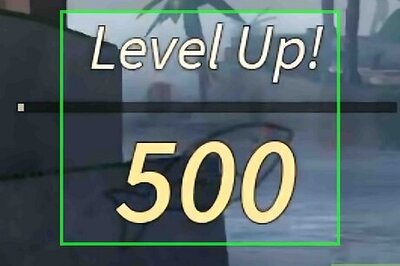
views
ABOVYAN, Armenia: In a factory where diamonds are cut, Anna Osipyan and her two grandchildren found something even more precious after fleeing their homes in the mountainous enclave of Nagorno-Karabakh: shelter from the region’s worst fighting in almost 30 years.
With nearly 200 others, many of them children, Osipyan has camped for a month inside the modern plant on the edge of the Armenian capital, Yerevan. On a tip from a friend, she arrived by car while her younger male relatives stayed behind to fight.
“This is our third war,” said the 56-year-old resident of Stepanakert, the largest city in Nagorno-Karabakh. “We have become used to it.”
Conflict reignited on Sept. 27 in Nagorno-Karabakh, a part of Azerbaijan populated and controlled by ethnic Armenians. Hundreds have been killed and clashes have blown through three ceasefires.
Hours after the first shells hit, privately owned ADM Diamonds sent a bus to evacuate people from the conflict zone. At its factory 20 km (12 miles) from Yerevan, it replaced desks where precious stones are cut with dozens of makeshift beds.
“When there is a war, we can’t talk about profit,” company director Arsen Artashesyan told Reuters in the factory’s backyard. “We’ve turned this into a place where Karabakh refugees will live. Some people here don’t have homes any more.”
Diamond-cutting is a major industry in Armenia. ADM generates about $35-40 million in annual sales and its factory in the town of Abovyan, opened three years ago and powered in part by solar panels on its roof, is the largest in the country.
Artashesyan said the company, which postponed an expansion into sapphires, rubies and topaz to make room for the refugees, would consider launching another, smaller factory inside Nagorno-Karabakh after the war. To this end, he said, it would soon begin training some of the refugees in cutting gemstones.
Armenians regard Nagorno-Karabakh as part of their historic homeland while Azeris consider the region to be illegally occupied land that must be returned to their control. About 30,000 people were killed in the 1991-94 war.
Osipyan’s husband was among the dead, killed, she said, by an Azeri shell in 1994. Before leaving Stepanakert, she hid for two days in her basement as the city once more came under fire.
“It would protect us from shrapnel, more or less, but if the house had been hit directly, it would have been over,” she said.
In the diamond factory, she sleeps in the same bed as her granddaughter, 17, and 11-year-old grandson. Her daughter, the children’s mother, isn’t with them – she was taken to hospital after contracting COVID-19 shortly after leaving home.
Disclaimer: This post has been auto-published from an agency feed without any modifications to the text and has not been reviewed by an editor
Read all the Latest News and Breaking News here
















Comments
0 comment